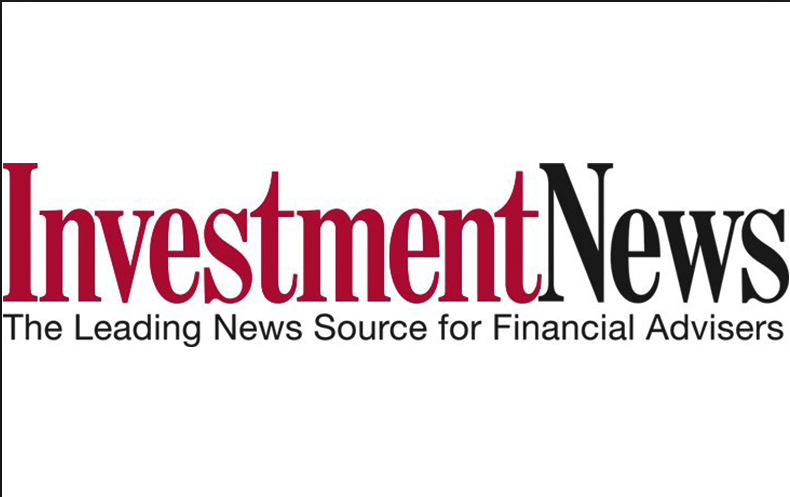Roth accounts, which provide for tax-free withdrawals, are incredibly important to retirees — and by extension, their advisers.
There are multiple ways to go about getting a Roth account. A common one — Roth conversions, where the owner of a traditional, pre-tax account converts it to a Roth — may be challenging for clients who don't want, or have the capacity, to pay the associated tax upfront.
But there are more creative ways for clients to gather Roth assets, said Natalie Choate, an attorney at
Nutter, McClennen & Fish, speaking at the
InvestmentNews'
Retirement Income Summit in Chicago. She described them as a Roth "for the rest of us."
The first is a direct rollover of after-tax money.
This strategy applies to an individual with after-tax money in an employer-sponsored retirement plan when he/she ultimately leaves the company, such as during retirement. The individual would open both a Roth IRA and traditional IRA, and direct the pre- and after-tax 401(k) money to different accounts. (The individual would roll after-tax money into a Roth IRA, and pre-tax money into a traditional IRA.)
This is the only strategy that has "no downside and no risk," she said.
"You can divide the cream from the coffee when you get a distribution, and not before," she added. "This is the idea you cannot miss if your client fits these circumstances because it's a sure thing."
(More:
Use tax management with retirement accounts)
The second strategy is the same general idea, but for a benefiary.
If a man dies and leaves his retirement plan to his son, the son can open an inherited traditional IRA and an inherited Roth IRA. The son can then send the pre-tax 401(k) money to the inherited traditional IRA and after-tax money to the inherited Roth IRA.
Another way to gather Roth assets involves Roth 401(k) and individual retirement account contributions, Ms. Choate said.
A growing number of employers sponsoring a retirement plan such as a 401(k) offer the ability for employee contributions to go into a Roth, as well as traditional account. Income limits don't apply to Roth 401(k)s; individuals can contribute $18,500 to a Roth 401(k) (or $24,500 if over age 50).
Roth IRAs are a bit different. Single taxpayers making more than $135,000 (or married couples making more than $199,000) can't contribute to them. Individuals can contribute up to $5,500 annually to Roth IRAs ($6,500 if over age 50).
Individuals also can make a backdoor Roth contribution.
This is useful for taxpayers whose annual income exceeds the limit to contribute to a Roth IRA. The individual, who must be under age 70 ½, would make a contribution to a traditional IRA, then convert the account to a Roth IRA, Ms. Choate said.
(More:
New tax law provides opportunity for tax-rate arbitrage on Roth IRAs)
Employers also may allow for additional, nondeductible voluntary contributions, over and above 401(k) contribution limits, into a tax-free account. This money could then be converted to Roth money inside the retirement plan.
Additionally, an individual with pretax and after-tax money in an IRA can roll the pretax money into an employer-sponsored retirement plan and leave the after-tax money behind to create a Roth account.
One final strategy for building up assets in a Roth is through a solo 401(k) for the self-employed.
This strategy is fitting for a self-employed individual without other employees, who gets a relatively low income from the business (say, $20,000) and who can afford to stash most or all of it in a retirement account.
This individual, who is over age 50, can set up a solo 401(k) plan and put the full $20,000 into a Roth account, Ms. Choate said.







